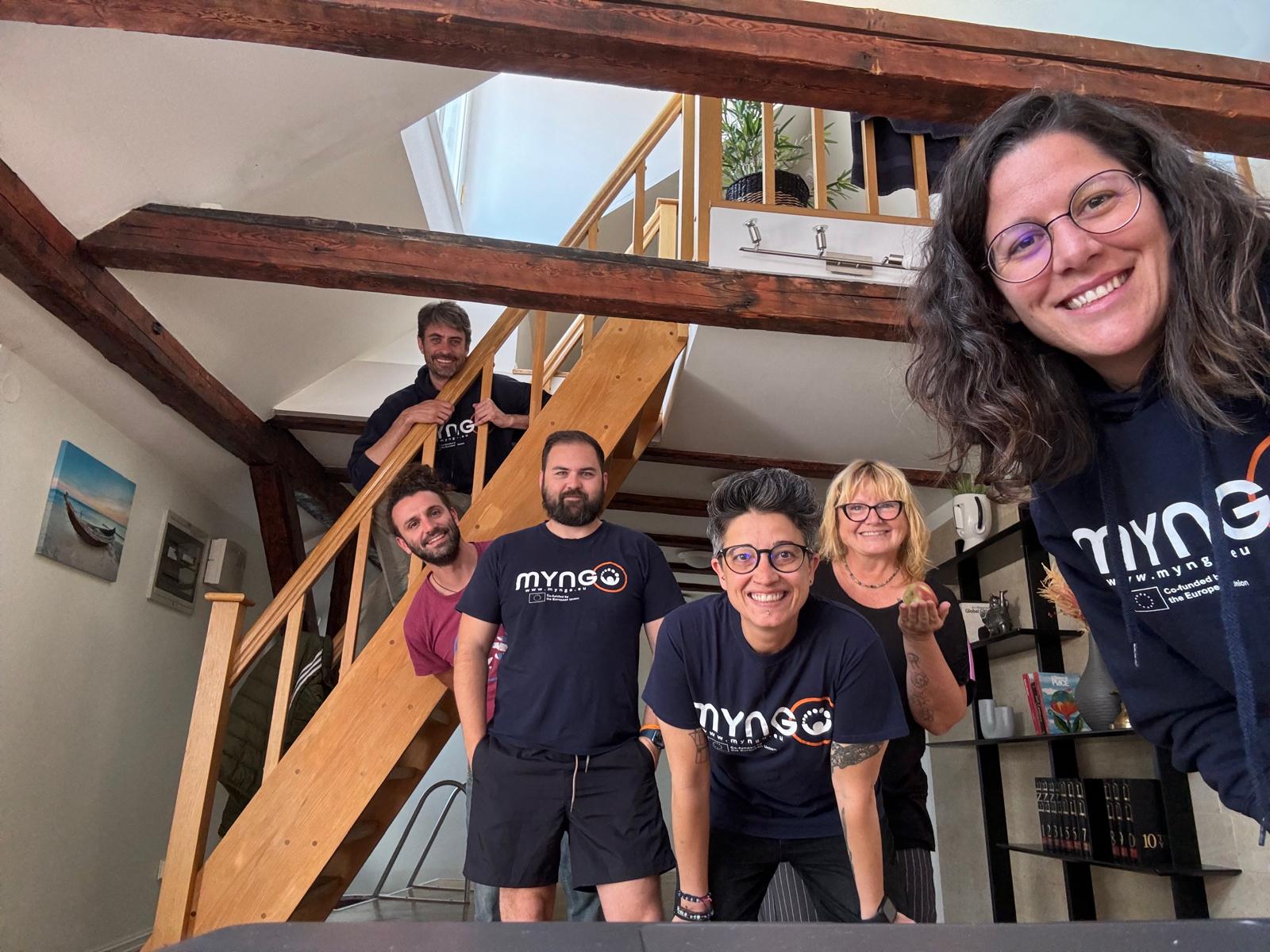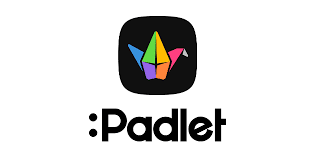First of all, it is important to clarify what interactive tools are and why they become essential when considering a virtual learning process using non-formal education methods.
An online interactive tool is a software application or platform that allows users to engage and interact with the content in a meaningful way. It can be used in a variety of contexts, including education, entertainment, and business.
with the content in a meaningful way. It can be used in a variety of contexts, including education, entertainment, and business.
In the context of online non-formal education projects, interactive tools are designed to facilitate active learning and promote engagement among learners. They can take many forms, including quizzes, simulations, virtual labs, and collaborative platforms.
Interactive tools are important for online non-formal education projects because they promote engagement, interactivity, and knowledge retention among learners. They offer a more dynamic and enjoyable learning experience compared to passive forms of learning, such as reading or watching videos. Interactive tools also promote active learning, which is a more effective way of learning than passive learning. When learners are actively involved in the learning process, they are more likely to remember and apply what they have learned.
Interactive tools provide learners with flexibility in terms of pace and timing, allowing them to engage with the materials at their own pace and at a time that is convenient for them. They can also be personalized to meet the individual needs of learners, allowing them to choose their own learning path, select topics of interest, and receive feedback on their progress and performance.
 By providing immediate feedback, interactive tools help learners identify areas for improvement and better understand the materials. This feedback is crucial for improving learning outcomes and ensuring that learners are motivated and engaged in the learning process. Overall, interactive tools make online non-formal education projects more effective and engaging, leading to better learning outcomes for learners.
By providing immediate feedback, interactive tools help learners identify areas for improvement and better understand the materials. This feedback is crucial for improving learning outcomes and ensuring that learners are motivated and engaged in the learning process. Overall, interactive tools make online non-formal education projects more effective and engaging, leading to better learning outcomes for learners.
There are various tools that you can use in an online non-formal education project to facilitate learning and engagement. Here are some examples:
- Learning Management Systems (LMS): LMS such as Moodle, Blackboard, and Canvas provide a comprehensive platform for managing and delivering online learning. They offer a range of features such as course creation, assignment submissions, grading, and discussion forums.
- Video Conferencing Tools: Video conferencing tools such as Zoom, Skype, and Google Meet allow you to conduct live sessions for virtual lectures, discussions, and presentations. You can also record sessions and share them with learners for asynchronous learning.
- Online Collaboration Tools: Online collaboration tools such as Google Docs, Microsoft Teams, and Slack facilitate real-time collaboration on documents, projects, and tasks.
- Interactive Content Creation Tools: Interactive content creation tools such as Articulate Storyline, H5P, and Genially allow you to create engaging and interactive learning materials such as quizzes, simulations, and presentations.
- Social Media Platforms: Social media platforms such as Facebook, Twitter, and LinkedIn can be used to engage learners in discussions, share resources, and provide updates on course content.
- Webinars and Podcasts: Webinars and podcasts provide an opportunity to deliver engaging and informative content to learners. They can be used for interviews, panel discussions, and expert talks.
- Online Assessment Tools: Online assessment tools such as Quizlet, Kahoot, and Quizizz allow you to create and administer quizzes, tests, and surveys to assess learners’ knowledge and understanding.
These are just a few examples of the tools that you can use in an online non-formal education project. The choice of tools will depend on your learning objectives, audience, and budget. It is essential to choose tools that align with your learning goals and offer a seamless user experience for learners.






